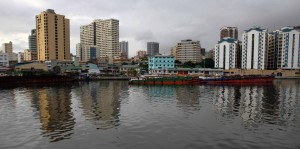FIFTH MOVEMENT: PHILIPPINES
Manila, Philippines
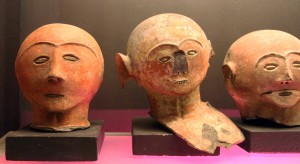
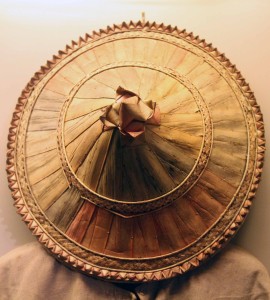
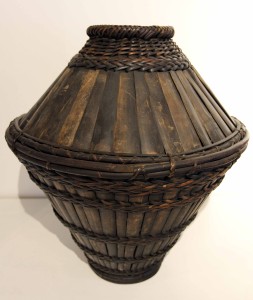
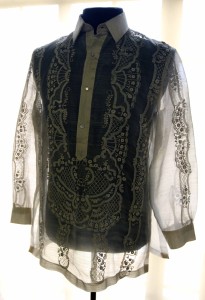
Today I woke up, showered, ate a breakfast (eggs, sausage, slice of meat, bread, coffee, and orange juice with ice (hopefully the ice was made from clean water)) at the hostel, and then, once it stopped raining, walked to the National Museum of the Philippines. Since it happened to be a Sunday, admission to the National Museum was free. I then walked around the exhibition rooms and looked at funeral urns designed with human head pieces on the top (some even had arms extending from the urn, probably in likeness to the enclosed deceased); there were also exhibits on Filipino culture, farming, fishing, pottery making, textile making, silk production and clothes, cooking, indigenous animals, writing, Spaniard weapons, and artifacts exhumed from the San Diego (a Spanish galleon) – interesting enough, the San Diego had Japanese mercenaries on board when it sunk and they were armed with katana and wakizashi swords (samurai mercenaries serving on a Spanish galleon battling with the Dutch over territory and trading rights in the Philippines – this should be made in to a film told from the perspective of the samurais). Overall, I found the exhibits interesting and worthwhile.
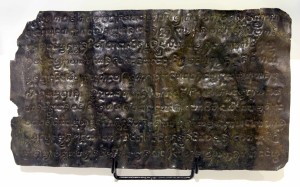
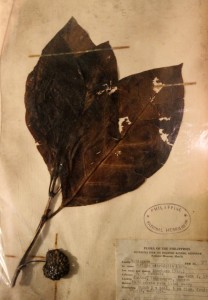
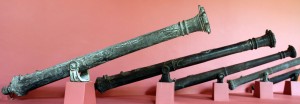
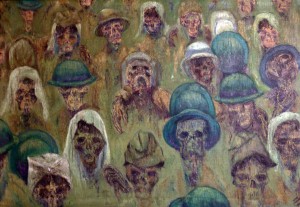
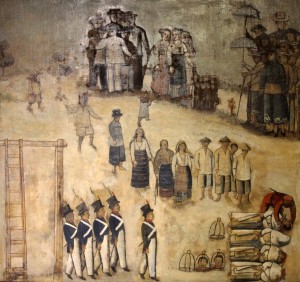
I then headed to the National Fine Art Museum, which housed an array of paintings dating from the Spanish colonization period to the present and which also had free admission on Sundays (Hooray!). Most of it was produced by local Filipino artists and naturally it was very colorful. There were also a number of sculptures, most of which appeared to be constructed by Guillermo E. Tolentino, and an exhibition room dedicated to artwork depicting the Japanese conquest during World War Two and the Bataan Death March.
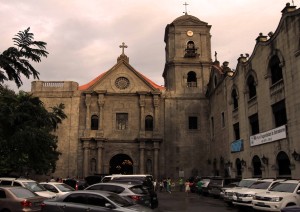
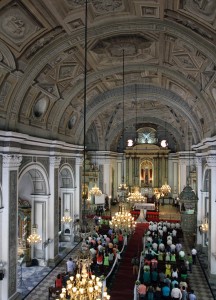
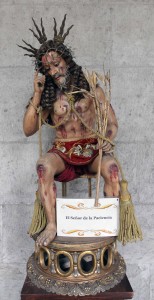
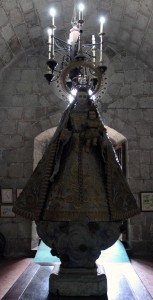
After finishing walking around the museum, I proceeded on to the Intramuros – the old, walled part of Manila. I visited St. Augustine church, the oldest church in the Philippines, originally constructed by Augustinian monks. The church had many artifacts in its museum portion: old alter pieces, sculptures (one was a monk with a machete stuck in his head – I’ll have to brush up on my Catholic history to find out who that was supposed to be), vestments, Eucharist chalices, paintings, etc. In the church itself, there was wedding after wedding after wedding. I guess they must schedule it by the hour because one wedding finished up, another was started, and it looked like people were arriving for another one after that. Sundays are obviously popular days to get married in Manila. At my next stop, the Manila Cathedral, there were weddings being conducted there as well. I also did my best to avoid all the people offering to take me around the old city and explain what everything is despite signs which already do that, as well as all the young children (who look like the kids on those donation commercials) already conditioned to beg for money and free hand outs. Education and a strong work ethic would do the world and the human race wonders.
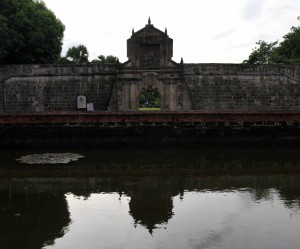
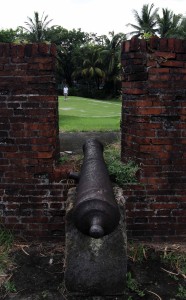
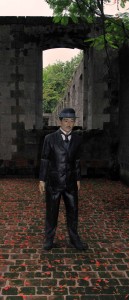
I then walked to Fort Santiago, an old Spanish fort that was then later used by the United States Army during our colonization of the Philippines; that’s right Spain, you aren’t the only ones who can take advantage of another country! Many of the buildings inside were skeletons of their former selves. Located inside the fort, there is a museum and shrine dedicated to Dr. Jose Rizal who was a multi-talented man in medicine, sculpture, sketches, botany, zoology, literature, and he even invented a game. Dr. Rizal was also a revolutionary who believed people should govern themselves (I’m noticing a trend here amongst doctors: Dr. Sun Yat-Sen, Dr. Jose Rizal, Dr. Ernesto “Che” Guevara – I’m keeping my eye on you Doug!). The Spaniards falsely charged him with rebellion, interred him in a prison cell in Fort Santiago, and then executed him on the Luneta, Bagumbayan Field in Manila. Since then, he has become a national folk hero and probably the most revered man in the Philippines. After walking around the fortified grounds, I then walked back through the Intramuros, walked inside the Manila Cathedral now that the weddings were complete, then passed the St. Augustine Church again – weddings were still being conducted -, and then walked toward the shore. I passed by a homeless woman cooking dinner in a pot over a fire by the sidewalk, she invited me to join her, but I politely declined. I then passed by the United States Embassy (no need to register there . . . ), then walked on the path along the shore where many homeless people were hanging out and bedding down for the night, a number of people were trying to sell me massages and food as well. Throughout Manila there are many poor people laying around, stray dogs and cats scavenging for food and love, crumbling sidewalks (my foot almost fell through a broken piece of concrete), naked children wandering around, and girls (ladyboys?) standing outside clubs trying to entice you to come in.
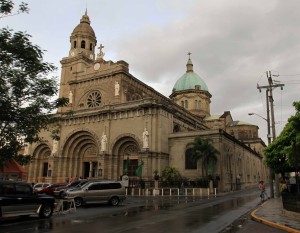
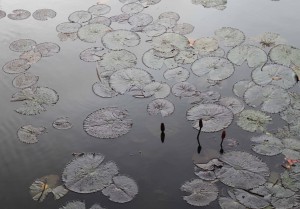
I eventually walked back to the guesthouse where I had a couple beers and talked with the owner of the guesthouse. He offered to show me around some of Manila’s nightlife, so we first went to an expat bar named L.A. Cafe; as expected it had a lot of expatriates from Australia, America, and Britain. It also had a lot of Filipinas working to seduce men’s money. One sat down next to me and tried to go back to my hotel room, but I was not interested in spending money on sex nor her. Our next stop was a KTV bar which was empty of patrons but full of approximately twenty Filipinas trying to get us to stay.The owner of the guesthouse explained that in these bars you have to pay to get in, pay for drinks, and buy at least two drinks for a lady or ladies, in return the ladies give you company and eventually you can work out a price for sex. We immediately left this bar after seeing the inside and without spending a bit of our cash. We then moved on to an outdoor restaurant and bar across the street from the hostel. Here we had beer and Filipino-style dumplings with lime juice squeezed on top of them, as well as a spicy soy sauce dip to smother them in. They were tasty, especially after a long day of not eating very much. Finally, since it was past 01:00, we retired and I went to sleep.
